-
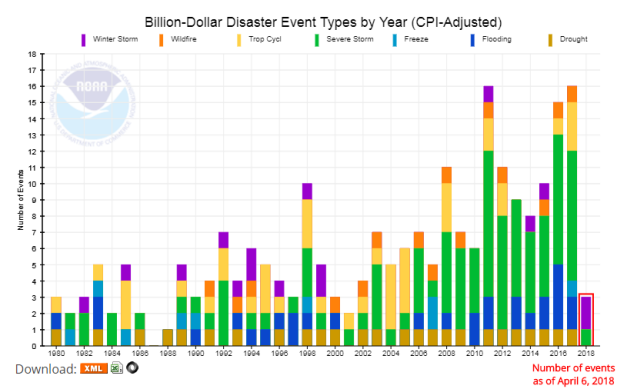
The latest issue of NOAA’s Beyond the Data blog by Deke Arndt looks at the statistics of March 2018 in the larger context of how to interpret anomaly maps and trends and discusses what a billion-dollar weather disaster really means. You can read it at https://www.climate.gov/news-features/blogs/beyond-data/all-things-being-equal-edition.
-

If you follow the national Drought Monitor, you know that parts of Oklahoma are currently in D4 Exceptional Drought, the highest classification of drought there is. Because of this, things are tinder-dry, and there have been many wildfires which have affected cattle production in the area. Here is a story and scary video of one…
-
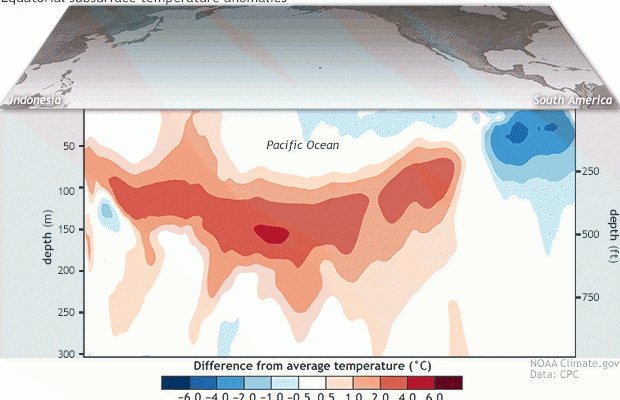
The latest ENSO update from NOAA at Climate.org shows that a blob of warmer than normal temperatures is slowly moving eastward under the surface of the equatorial Pacific Ocean and should displace the cold water that remains from the fading La Niña in the next few months. That has increased the chances of an El…
-

The USDA Climate Hubs recently published a paper describing the results of a survey of their field agents and how they are dealing with increases in extreme weather and changes in climate over recent decades. You can read more information about the report at https://www.climatehubs.oce.usda.gov/hubs/topic/usda-field-staff-surveys. According to that page, “In order to better support NRCS and…
-
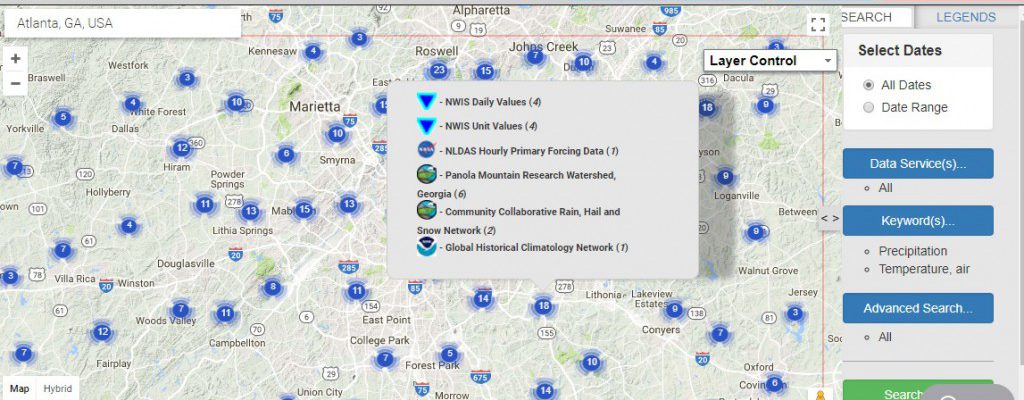
There are many places to find weather data, including many sources I have previously mentioned in this blog, including NOAA, CoCoRaHS, USGS, GeorgiaWeather.net, the Florida FAWN network, and others. Here is a source I just learned about which combines many of those datasets together in one place. This is a freely available, interactive and searchable…
Posted in: Sources of weather and climate data -
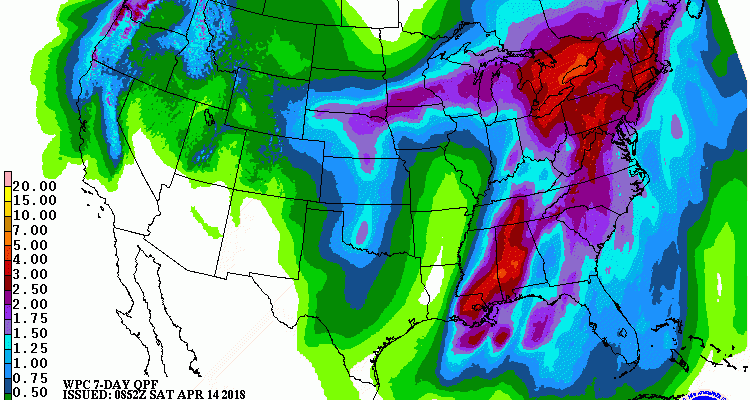
The next two days should bring a lot of rain to some parts of the Southeast but less to others. After the storm system passes, we can expect dry conditions for the remainder of the week. Since some of the storms this weekend could be severe, make sure you have a way to get storm…
Posted in: Climate outlooks -
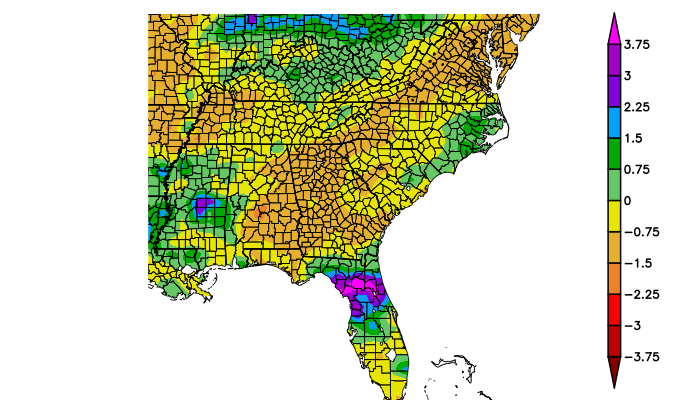
With almost half the month gone, April 2018 so far is colder than normal in all of the region except for the Florida peninsula, which has been above normal in temperature. Rainfall for most of the region is well below normal except for a band in northern Florida associated with a stationary front which dropped…
Posted in: Climate summaries